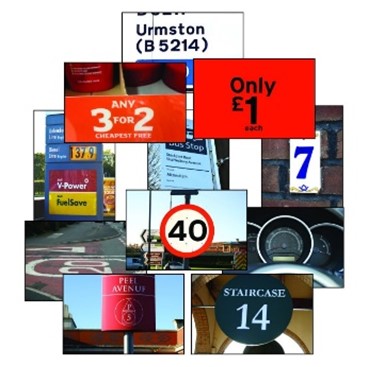Mathematics

Brookfields’ mathematics curriculum aims to: help all pupils to develop a positive identity as a mathematics learner, support them as they use mathematical ideas to make sense of the world, and enable them to solve problems and make decisions based on mathematically sound principles.
 How maths teaching looks will differ depending upon which pathway your child is following and upon their individual needs. We build our pupils’ pre-number skills from the very beginning, with the aim that all will access maths or maths-based activities to suit their developmental level.
How maths teaching looks will differ depending upon which pathway your child is following and upon their individual needs. We build our pupils’ pre-number skills from the very beginning, with the aim that all will access maths or maths-based activities to suit their developmental level.
We build on these foundational skills through a systematic small-steps programme based on the Waldon Approach and National Centre of Excellence for the Teaching of Mathematics Mastery materials. Our pupils develop at their own pace, so while some are accessing mathematical concepts through songs, rhythms, routines and/or sensory play, others are engaging in shared or independent numeracy work. We have a topic-based approach, which means that maths skills can be taught whilst exploring stories, gaining history or geography knowledge and engaging in practical experiences such as cooking and trips outside school. We aim to give practical purpose and meaning to the learning of mathematics.

Teaching places emphasis on the cumulative mastery of essential knowledge and skills. It aims to embed a deeper understanding of maths by using a Concrete, Pictorial, Abstract approach so that pupils understand what they are doing rather than just learning to repeat routines without grasping what is happening. In this way, pupils will find it easier to apply their knowledge and skills in new and practical contexts.

Key features of our Maths curriculum are:
- High expectations for every child
- Fewer topics but greater depth
- Securing number sense and place value come first
- Focus on mathematical thinking and the language that supports it
- Resources to support.
- Maths is viewed as tool to solving real-life problems such as, How much...? How many...? How big...? Etc. Problem-solving is central.
- Calculate with confidence – understanding why it works.

We aim to:
- Encourage pupils to become fluent in the fundamentals of mathematics, developing conceptual knowledge and an ability to recall and apply knowledge accurately
- Enable pupils to reason mathematically and solve problems confidently and independently
- Teach pupils to learn, understand and use mathematical language and symbols and to recognise its importance as a language for communication and thinking.
- Give mathematical learning meaning and context.

Frequently Asked Questions:
What is the Waldon Approach?
The focus of the Waldon Method is to promote and develop the skills of 'learning to learn' through sustained effort and focus, by making specific physical movements and activities and learning through pupils’ own physical experiences.
What is the Concrete Pictorial Abstract (CPA) approach?

The Concrete Pictorial Abstract (CPA) approach is a system of learning that uses objects and pictures to build a child’s understanding of abstract topics. Pupils are introduced to a new mathematical concept through the use of objects (e.g. fruit, toys, blocks, Numicon). When they are comfortable solving problems with physical objects, they are given problems with pictures.
After that is secured, pupils can use abstract representation of a concept using numbers and symbols.
Building these steps across a lesson can help pupils better understand the relationship between numbers and the real world, and therefore helps secure their understanding of the mathematical concepts they are learning.

How do you track my child’s progress?
Ongoing observational assessments made to ascertain a baseline which then informs subsequent teaching and learning for each child. Attainment is noted using photographs and observational notes. Progress is recorded in each child’s Learning Journey and their next steps to be taken are identified.

